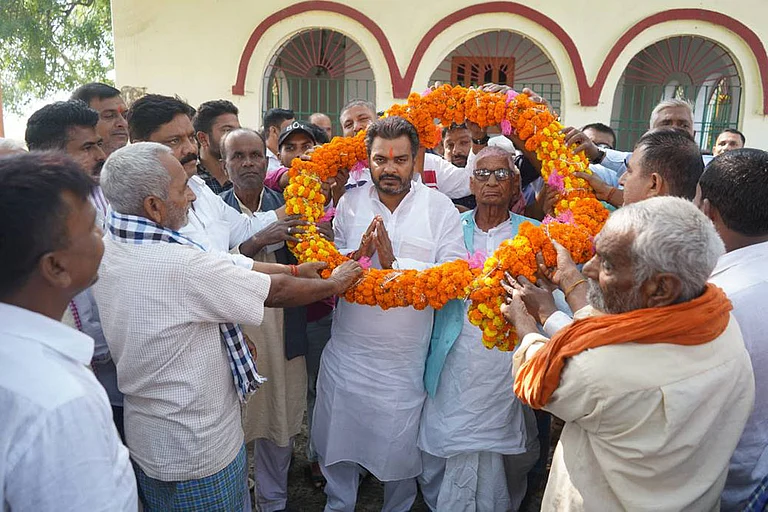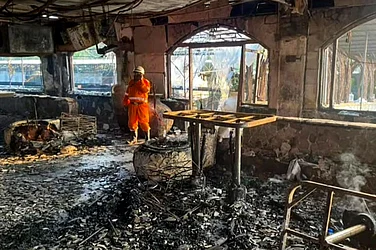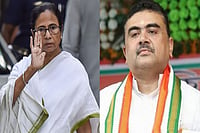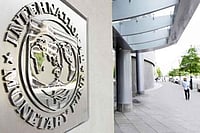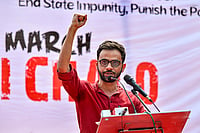“No section can be uplifted merely by money. They can develop only if they have a share in power and we are prepared to provide this share."
These were the words of our seventh Prime Minister Vishwanath Pratap Singh during his Independence Day speech in 1990, just a week after he had announced he would introduce a 27 per cent reservation for Other Backward Classes (OBCs).
The decision to provide reservation to OBCs in government jobs and educational institutions was based on the recommendations of the Mandal Commission report submitted in 1980. The report found that 52 per cent of India’s population belonged to "Other Backward Classes" and was socially and educationally backward.
This was the first time OBCs were recognised as a distinct group facing social and educational disadvantages and were given a reservation share along with SC/STs.
While many OBCs at the time saw the commission as a significant victory, recognising their historical disadvantages and as a pathway towards social justice, protests have emerged over time, revealing flaws in the system and calling for changes in the law.
Indra Sawhney VS Union Of India Case.
The 1992 Supreme Court judgement in the Indra Sawhney vs. Union of India case, commonly known as the Mandal case, was a crucial decision regarding reservations for OBCs in government jobs and educational institutions.
The announcement of the Mandal Commission's recommendations sparked significant political turmoil. Many upper-caste communities strongly opposed the proposed 27 per cent reservation for OBCs, fearing it would lead to a loss of opportunities and perceived preferential treatment. The case arose from challenges to the implementation of the Mandal Commission's recommendations.
The nine-judge bench that heard the case was the largest ever constituted at that time, according to sources. The Supreme Court upheld the 27 per cent quota for backward classes but struck down a government notification reserving 10 per cent of government jobs for economically backward classes among the higher castes.
In the same judgement, the Supreme Court affirmed that the total beneficiaries of reservations should not exceed 50 per cent of India's population. The judgement also stressed the importance of regularly reviewing the reservation policy to prevent casteism and political exploitation.
Rohini Commission
The Rohini Commission was established in 2017 to address disparities within the OBCs in India. While the OBCs initially celebrated the Supreme Court's judgement on reservation, over time, it became apparent to them that certain castes, such as Yadavs, were allegedly benefitting more than others. This led to a perception that dominant castes were enjoying a larger share of the OBC quota, leaving others, like Mehtar, Bhat, Kashyap, and Lohar, feeling marginalised due to their socio-economic status.
The Commission's main objectives were to identify all OBCs and categorise them into sub-groups, investigate and find out ways to address disparities among different castes within the OBC category, and formulate a fair method for distributing benefits among OBCs.
On July 31, the Commission chaired by Justice G. Rohini submitted its report to the Ministry of Social Justice and Empowerment. This submission came almost six years after the Union government initially assigned the task, which was originally intended to be completed in just 12 weeks.
According to sources, the report recommended breaking caste groups into broad categories, with historically marginalised groups receiving a larger share of the 27 per cent reservation compared to dominant castes. The goal was to ensure that the most backward among the OBC communities could avail of reservation benefits for educational institutions and government jobs.
Fight for reservation
Over the years, several communities in India have led agitations and protests to be included in reservation categories or to secure additional reservation benefits.
The Maratha community has been a prominent voice in the reservation debate, advocating for reservation in government jobs and educational institutions under the OBC category. In 2014, during the Congress government's tenure in Maharashtra, an ordinance was passed granting 16 per cent reservation to the Marathas. However, in June 2019, the Bombay High Court upheld the constitutional validity of the Maratha quota but reduced it to 12 per cent in education and 13 per cent in government jobs. Subsequently, the Supreme Court struck down provisions of Maharashtra law providing reservation to the Maratha community in 2021, citing violations of the 50 per cent quota limit.
The Gujjar reservation agitation in India has been a long-standing struggle by the Gujjar community, particularly in the state of Rajasthan. The Gujjars, who are classified as a OBC in Rajasthan, have been demanding Scheduled Tribe (ST) status, which would provide them with greater access to reservation benefits.
The Jats from Haryana are another group who have been long agitating for reservation, along with the Patels from Gujarat.







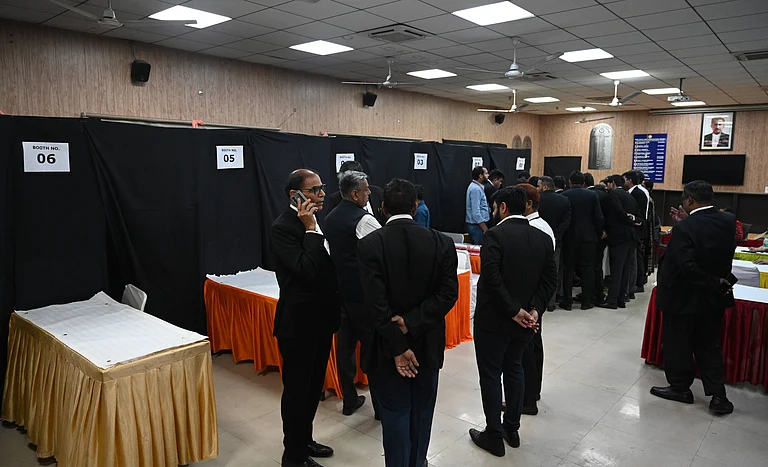
.jpg?auto=format%2Ccompress&fit=max&format=webp&w=768&dpr=1.0)
